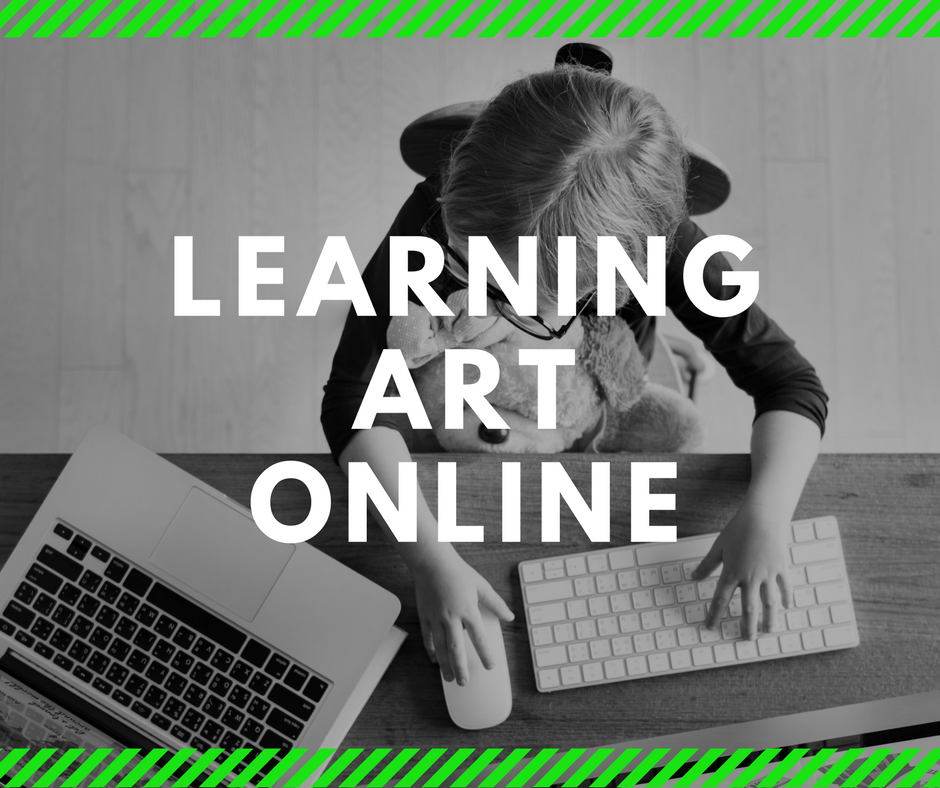Did you know that online learning isn’t just for homeschoolers and college students? Most of us have seen online courses designed to deliver content via video lectures, assignments, and digital assessments. But, can creative skills like drawing, illustration, problem-solving, and invention strategies be taught online? Several new companies are on a mission to bring creative learning experiences to the e-course market.
Businesses like JAM Online Courses For Kids, Sparketh, and Thrive are designing and distributing courses that teach creative skills through video instruction, interactive discussions, and some even offer support from online mentors or teachers.
If you’re interested in online courses for your children, here’s the scoop on these three companies:
- Thrive. With video art lessons designed to be part of their three-level program, Thrive lessons are created for kids aged 6-12 to allow them to develop their creative muscles at home. Thrive also explains that they offer parent guidance videos that provide parents with the information they need to support their children as they engage with the course content.
- Sparketh. Providing over 500 videos that teach visual art and design skills, Sparketh is on a mission to make learning art online “fun and effective.” The videos are divided into three categories: beginner, intermediate, and advanced, and users are encouraged to select videos that are appropriate for their skill levels. Many video courses also include printable content that kids can use to follow along.
- JAM. Jam Online Courses For Kids are designed to teach visual art skills as well as innovation and technological skills. Their mission is to “making magical learning experiences to help kids build confidence, creativity and talent that will last their lifetimes.” JAM courses are unique in that they are designed to provide children with an online mentor that will provide feedback and support as they engage with the course content.
Like most web-based content, each company offers free trials for their content–so, go on and give it a try.


